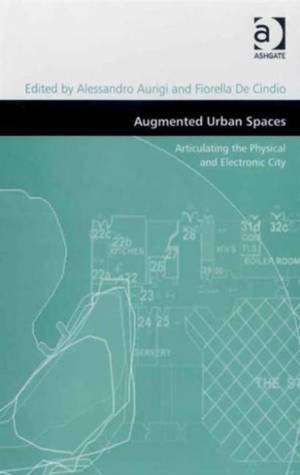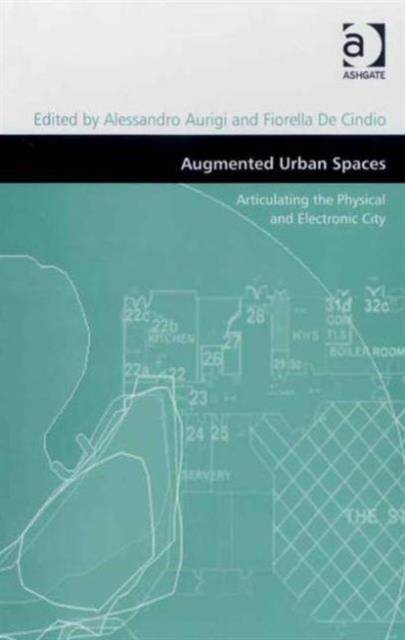
- Afhalen na 1 uur in een winkel met voorraad
- Gratis thuislevering in België vanaf € 30
- Ruim aanbod met 7 miljoen producten
- Afhalen na 1 uur in een winkel met voorraad
- Gratis thuislevering in België vanaf € 30
- Ruim aanbod met 7 miljoen producten
Zoeken
€ 216,45
+ 432 punten
Omschrijving
There have been numerous possible scenarios depicted on the impact of the internet on urban spaces. Considering ubiquitous/pervasive computing, mobile, wireless connectivity and the acceptance of the Internet as a non-extraordinary part of our everyday lives mean that physical urban space is augmented, and digital in itself. This poses new problems as well as opportunities to those who have to deal with it. This book explores the intersection and articulation of physical and digital environments and the ways they can extend and reshape a spirit of place. It considers this from three main perspectives: the implications for the public sphere and urban public or semi-public spaces; the implications for community regeneration and empowerment; and the dilemmas and challenges which the augmentation of space implies for urbanists. Grounded with international real -life case studies, this is an up-to-date, interdisciplinary and holistic overview of the relationships between cities, communities and high technologies.
Specificaties
Betrokkenen
- Auteur(s):
- Uitgeverij:
Inhoud
- Aantal bladzijden:
- 390
- Taal:
- Engels
- Reeks:
Eigenschappen
- Productcode (EAN):
- 9780754671497
- Verschijningsdatum:
- 29/09/2008
- Uitvoering:
- Hardcover
- Formaat:
- Genaaid
- Afmetingen:
- 156 mm x 233 mm
- Gewicht:
- 879 g

Alleen bij Standaard Boekhandel
+ 432 punten op je klantenkaart van Standaard Boekhandel
Beoordelingen
We publiceren alleen reviews die voldoen aan de voorwaarden voor reviews. Bekijk onze voorwaarden voor reviews.











